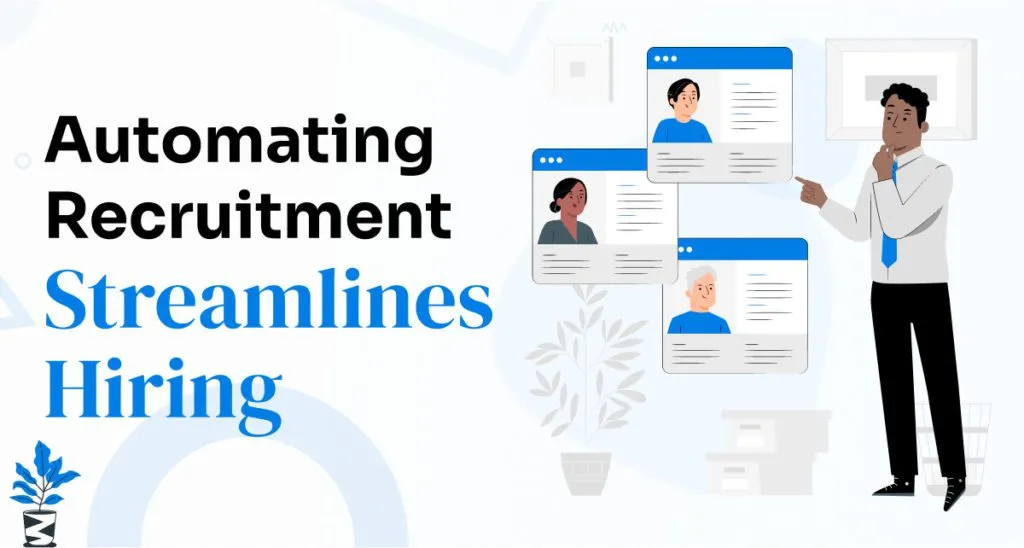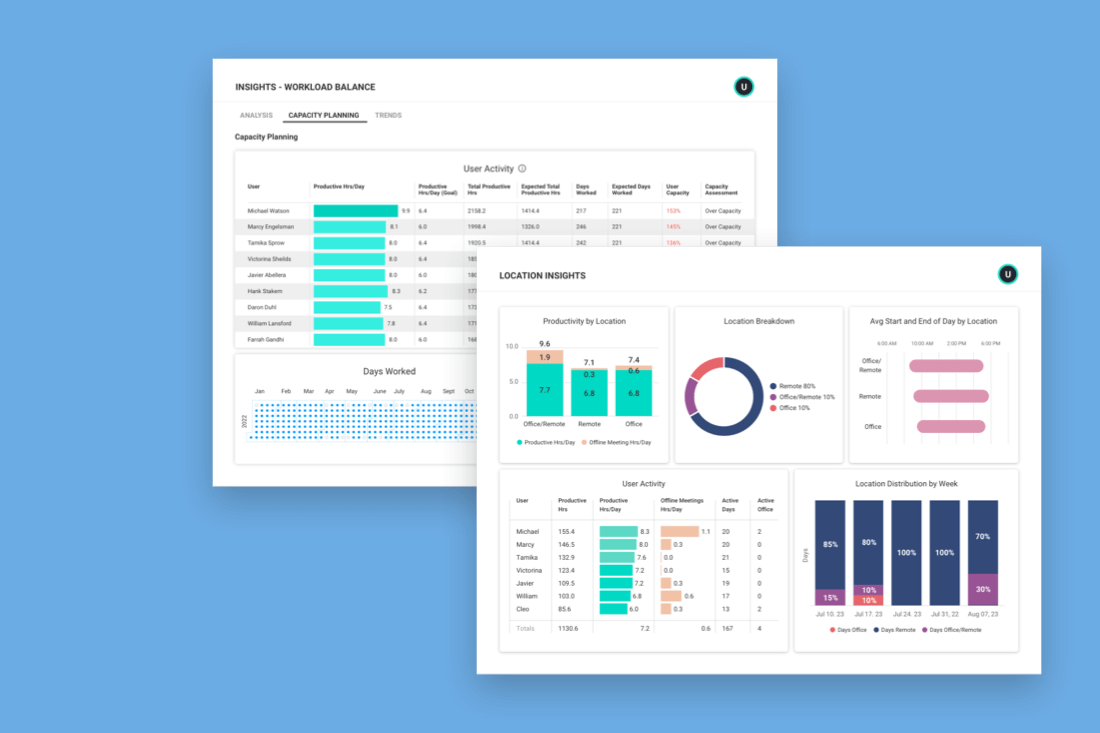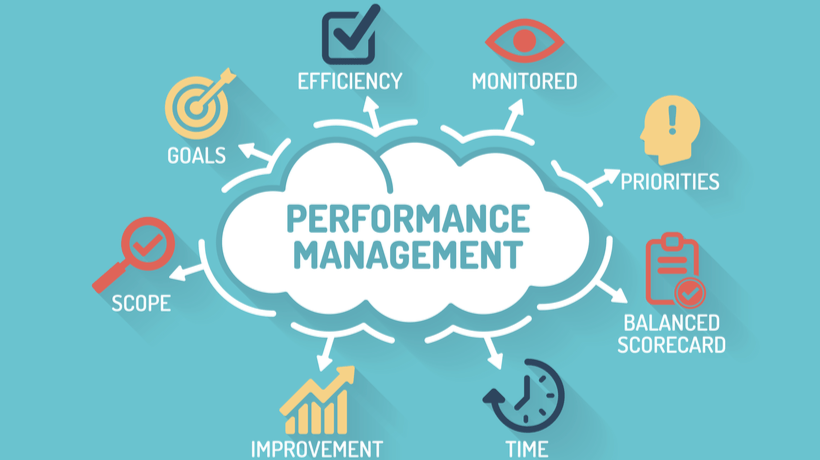As modern businesses continue their digital transformation, one critical question remains: Is on-premise security still the safer choice, or has cloud security become the new standard?
Companies of all sizes today are evaluating which model offers better protection, lower risk, and higher efficiency.
In this guide, we break down the differences, benefits, and challenges of both approaches—based on global best practices and the long-standing expertise of Singleclic, a leading IT solutions provider in the Middle East since 2013.
What Is On-Premise Security?
On-premise security refers to a model where an organization hosts and protects its data, servers, applications, and hardware within its physical infrastructure. Everything—software, hardware, firewalls, backups—is managed internally by the IT team.
Key Features of On-Premise Security
- Full control over servers and data
- In-house hardware, software, and networking equipment
- Internal security policies and monitoring
- Requires large upfront and ongoing investments
What Is Cloud Security?
Cloud security refers to protecting data, apps, and infrastructure hosted on cloud platforms such as Azure, AWS, or Google Cloud. Security responsibilities are shared between the cloud provider and the customer.
Key Features of Cloud Security
- Built-in advanced security tools (AI threat detection, automated patching, identity management)
- Scalable and flexible for growing businesses
- Faster deployment and lower upfront cost
- Managed by expert cloud security teams
On-Premise vs Cloud Security: Which Wins?
Choosing the winner depends on business goals, budget, compliance needs, and operational maturity. Below is a detailed comparison to help businesses make a strategic decision.
1. Security Control and Data Ownership
On-Premise
You have complete control over your infrastructure. However, your security strength depends on your internal team’s expertise and available resources.
Cloud Security
Cloud providers offer military-grade protection, automated monitoring, and global compliance. While you don’t physically “own” the servers, you benefit from high-end security mechanisms most companies cannot build on their own.
Winner: Cloud security for most businesses; on-premise only for highly regulated sectors requiring physical control.
2. Cost and Operational Efficiency
On-Premise
- High upfront CAPEX (hardware + servers + storage)
- High OPEX (maintenance + upgrades + IT staff)
- Scaling requires additional equipment
Cloud Security
- Pay-as-you-go model
- Zero hardware cost
- Automated updates reduce labor expenses
- Instant scalability
Winner: Cloud security is more cost-efficient and scalable.
3. Threat Protection and Incident Response
On-Premise
- Dependent on internal tools
- Manual patching and vulnerability updates
- Often slower response times
Cloud Security
- AI-powered threat detection
- Continuous automated patching
- 24/7 global monitoring
- Advanced firewalls, WAF, IAM, and encryption
Winner: Cloud security offers faster and stronger protection.
4. Compliance and Governance
On-Premise
Good for highly restricted industries that need direct control over data locations.
Cloud Security
Comes with global certifications: ISO, SOC, HIPAA, GDPR…etc.
Ideal for companies expanding internationally.
Winner: Tie — depends on compliance requirements.
5. Flexibility and Business Continuity
On-Premise
- Disaster recovery requires secondary datacenters
- Hardware failure risks are higher
Cloud Security
- Built-in disaster recovery
- Multi-zone redundancy
- Near-zero downtime
Winner: Cloud security.
Final Verdict: Cloud Security Wins for 90% of Modern Businesses
For most organizations—especially SMEs and fast-growing companies—cloud security is more scalable, cost-effective, reliable, and cyber-resilient.
Highly regulated industries (government, banking, healthcare) may still prefer on-premise for compliance reasons, but even these sectors are rapidly moving toward hybrid cloud.
People Also Ask (SEO Section)
Is cloud or on-premise more secure?
Cloud security generally provides stronger protection thanks to advanced encryption, continuous monitoring, and AI-based threat detection.
Which is a benefit of cloud security over traditional on-premises security?
Lower cost, better scalability, automated updates, and stronger cyber defense.
Which is better on-premise or cloud computing?
Cloud computing is better for most modern businesses because of flexibility, cost efficiency, and built-in security.
How can cloud security controls differ from traditional on-premises security measures?
Cloud controls include automated patching, identity access management, AI threat detection, and multi-region redundancy—features rarely available in traditional setups.
Internal Link (As Requested)
For a full breakdown of cloud protection strategies and security frameworks, explore
➡️ this comprehensive guide from Singleclic
Why Singleclic Is a Trusted Leader in Cloud & Cybersecurity
Since 2013, Singleclic has been a leading provider of integrated IT solutions across the Arab world, supporting corporations, enterprises, and government entities with:
- Custom Software Development (ERP, CRM, Low-code, automation)
- Network Solutions & Infrastructure
- Cybersecurity & Threat Protection
- Cloud Hosting & Web Application Hosting
- 24/7 Technical Support
📞 Egypt: +2 010 259 99225
📞 UAE: +971 42 475421
📞 Saudi Arabia: +966 58 1106563
🌐 Website: https://singleclic.com/









